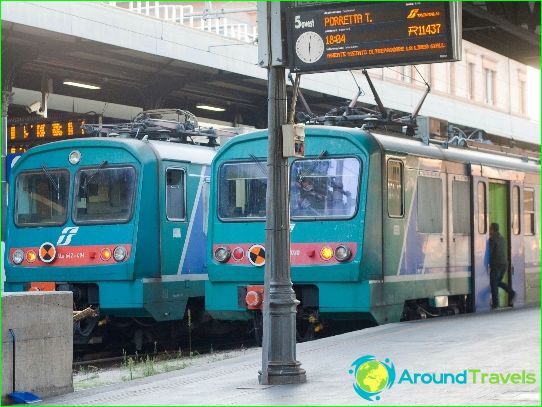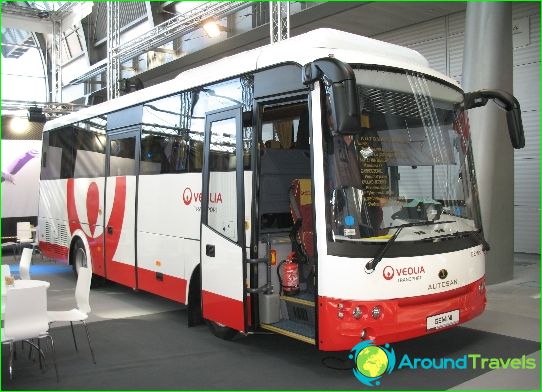Transport in Europe

Transport in Europe is characterized by high quality transport.
Popular modes of transport in Europe
- Public transport: buses, trams, trolleybuses in European cities run strictly on schedule. It is advisable to enter public transport with a ticket purchased in advance from the machine or when boarding the driver - otherwise, when the controller appears, you will have to pay a fine (in Germany - 50 euros). As a rule, a single ticket is valid for all types of public transport. When buying a ticket, which is valid for a certain number of trips, it must be validated at the entrance using a special device installed in the passenger compartment or at the bus stop before boarding. In many European cities, tourists are given the opportunity to acquire a tourist pass - thanks to it, you can not only travel by public transport, but also visit museums and take part in excursion programs at a discount..
- Rail transport: You can travel to European cities by train by purchasing a ticket at any railway station. If you wish, you can pay for a separate trip or purchase a pass valid for a certain time or without any restrictions on movement in Europe..
Bus tours
If your goal is to see many cities in the shortest possible time, you should go on a bus tour (starting point - Moscow or another Russian city), the route of which includes visits to European capitals and major cities. So, for example, going on a 2-week tour (the best time for such trips is spring and autumn) around the capitals of Europe, you can visit Warsaw, Prague, Luxembourg, Paris, Amsterdam, Berlin, Brussels ...
Some tours provide for a more detailed acquaintance with one of the countries. For example, in the itinerary of a trip in Italy, for sure, there will be several cities, in particular, Rome, Venice, Florence, Verona, Naples, Pisa.
Taxi
In many cities, it is not customary to catch a taxi on the street - you can order it by phone or use its services by going to special parking lots..
Car rent
To rent a car in Europe, you need to have an international driver's license, and the driver's age must be 18-25 years old - it all depends on the country and the car category (expensive cars of category D are available for rent from 25 years old, and categories Q and H - c 30 years of age).
If during a trip in a rented car you have any problems (breakdown), you can be sure that they will help you solve them rather quickly, and if necessary, they will replace the car. It should be borne in mind that if the breakdown occurred is your fault, you will have to pay for the repair..
Thanks to the well-developed transport system in Europe, every traveler has the opportunity to see interesting architectural and natural attractions located on this continent..




